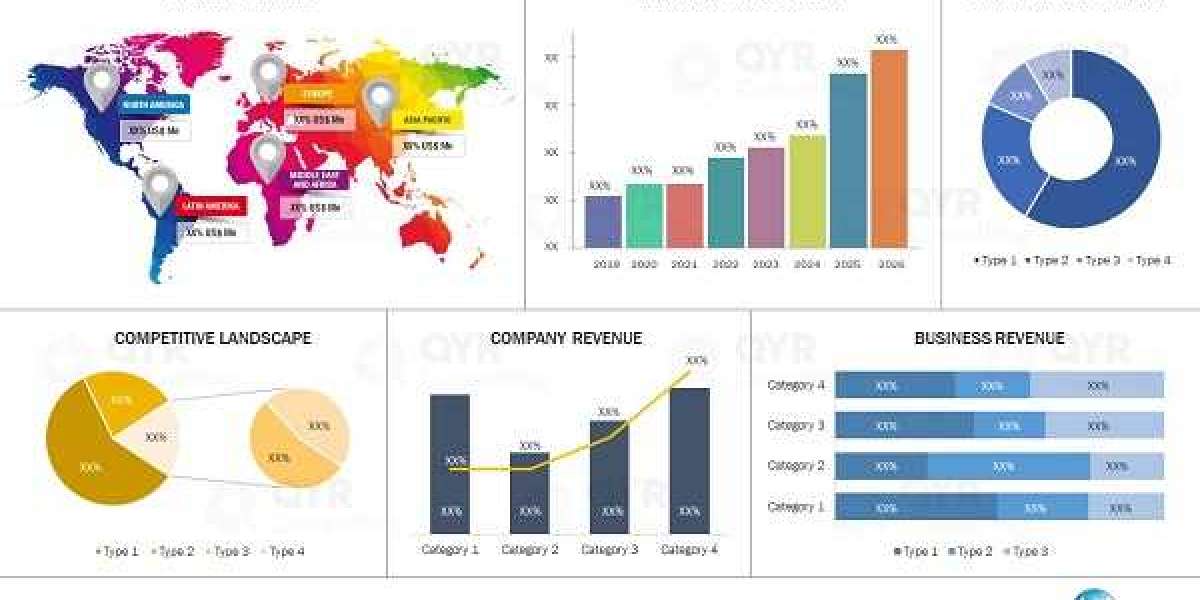Upgrade Your Wardrobe with Up to 48% Off on Women's Jackets Blazers
Looking for the perfect outerwear to enhance your style? Now is the best time to shop for trendy and elegant women’s jackets and blazers, with up to 48% off at Stylewe. Whether you need a professional blazer for work, a cozy jacket for chilly evenings, or a statement piece for special occasions, these offers ensure that you get high-quality fashion at unbeatable prices. Plus, don’t forget to check out the latest stylewe coupon to maximize your savings.
About Stylewe
Stylewe is a renowned ladies dress brand offering an extensive collection of fashionable clothing for modern women. With a commitment to quality, affordability, and trend-driven designs, the brand curates a diverse range of fashion dresses online, jackets, tops, and more. Stylewe collaborates with independent designers to bring unique pieces that cater to every fashion preference.
The Best Women's Jackets Blazers to Shop Now
Stylewe Reviews – What Customers Love About These Jackets

Stylewe has consistently received positive feedback from customers for its exceptional quality, stylish designs, and affordability. Shoppers particularly love the variety of dress fashion online and the detailed craftsmanship in each piece. With over thousands of reviews highlighting durability, comfort, and elegance, it’s no surprise that Stylewe has become one of the top womens clothing retailers in the US.
Womens Clothing Retailers – Why Stylewe Stands Out?
Unlike other shopping stores for women's clothing, Stylewe offers a seamless shopping experience with exclusive discounts, easy returns, and a curated selection of premium jackets and blazers. The brand frequently updates its collections, ensuring customers always have access to the latest trends in stylewe clothing.
Women on Tops – Trending Blazers for Every Occasion
- Work Blazers – A structured blazer instantly elevates any work outfit, making it an essential wardrobe piece.
- Casual Jackets – Perfect for layering over t-shirts or sweaters, these jackets add a chic touch to any casual look.
- Statement Blazers – Bright colors, unique cuts, and bold patterns make these blazers a must-have for fashion-forward women.
Tops on Sale for Women's – Pair Your Blazers Perfectly
Stylewe also offers stylish tops on sale for women's, making it easy to mix and match your new blazer with trendy blouses and shirts. Whether you prefer elegant silk tops, casual cotton tees, or stylish crop tops, these deals let you create the perfect outfit without overspending.
Stylewe Returns – Hassle-Free Shopping Experience
One of the key reasons shoppers trust Stylewe is its flexible return policy. If the fit or style isn’t perfect, the brand ensures a smooth stylewe returns process, giving customers confidence in their purchases.
Exclusive Deals on Women's Jackets Blazers – Shop Now!
Take advantage of the up to 48% off sale before it’s gone. Here’s why these deals are worth grabbing:
- High-Quality Fabric – Whether it's wool, cotton, or a premium blend, every jacket is designed for durability and comfort.
- Versatile Styles – From timeless classics to modern chic, there’s a blazer or jacket for every taste.
- Unbeatable Discounts – Save big while updating your wardrobe with stylish and premium-quality pieces.
Fashion Dresses Online – Style Beyond Jackets

Looking for more than just outerwear? Stylewe offers a vast range of fashion dresses online, including casual, formal, and partywear styles. These trendy dresses complement your jackets, allowing you to create stylish, layered looks effortlessly.
Shopping Stores for Women's Clothing – Where to Find the Best Deals?
Stylewe is one of the leading shopping stores for women's clothing, offering a seamless online shopping experience. Customers can explore the latest collections, access exclusive discounts, and enjoy fast shipping across the US.
Dress Fashion Online – Stylish Jackets Blazers to Elevate Your Look
Pair your blazers with the right accessories and outfits for a polished, head-turning appearance. Whether dressing for work, travel, or a special event, these fashion-forward jackets are designed to make a statement.
Ladies Dress Brand – Quality Style You Can Trust
Stylewe is a go-to ladies dress brand that merges style, comfort, and affordability. With high customer ratings and a strong reputation for quality, investing in a Stylewe jacket or blazer means adding a timeless piece to your collection.
FAQs
1. What types of jackets and blazers are available at Stylewe?
A variety of styles, including casual, formal, and statement blazers, are available to suit different occasions and preferences.
2. How can the latest offers on women's jackets be accessed?
Exclusive discounts and sales updates can be found on the official Stylewe website, where limited-time deals are featured.
3. Are returns accepted on discounted items?
Yes, Stylewe offers a flexible return policy, ensuring that customers can shop with confidence even during promotional sales.
4. What makes Stylewe different from other online fashion retailers?
The brand focuses on premium quality, affordable pricing, and unique designer collaborations, setting it apart from traditional retailers.
5. Are Stylewe’s jackets available in plus sizes?
Yes, inclusive sizing options are offered to cater to a diverse range of body types, ensuring every woman finds her perfect fit.
Conclusion – Grab These Unmissable Deals Before They’re Gone!

With up to 48% off on stylish women's jackets and blazers, Stylewe makes it easy to upgrade your wardrobe without breaking the bank. From dress fashion online to premium stylewe clothing, the brand ensures top-tier fashion at the best prices. Don't miss out—shop today and redefine your style with these incredible deals.
Shipping, Returns Refund Policy
- Shipping – Fast and reliable shipping across the US with tracking available for all orders.
- Returns – A hassle-free stylewe returns policy allows customers to return or exchange items within the specified period.
- Refunds – Refunds are processed efficiently, ensuring customer satisfaction and a smooth shopping experience.
Hurry! These exclusive discounts won’t last forever—shop your favorite jackets and blazers today!










